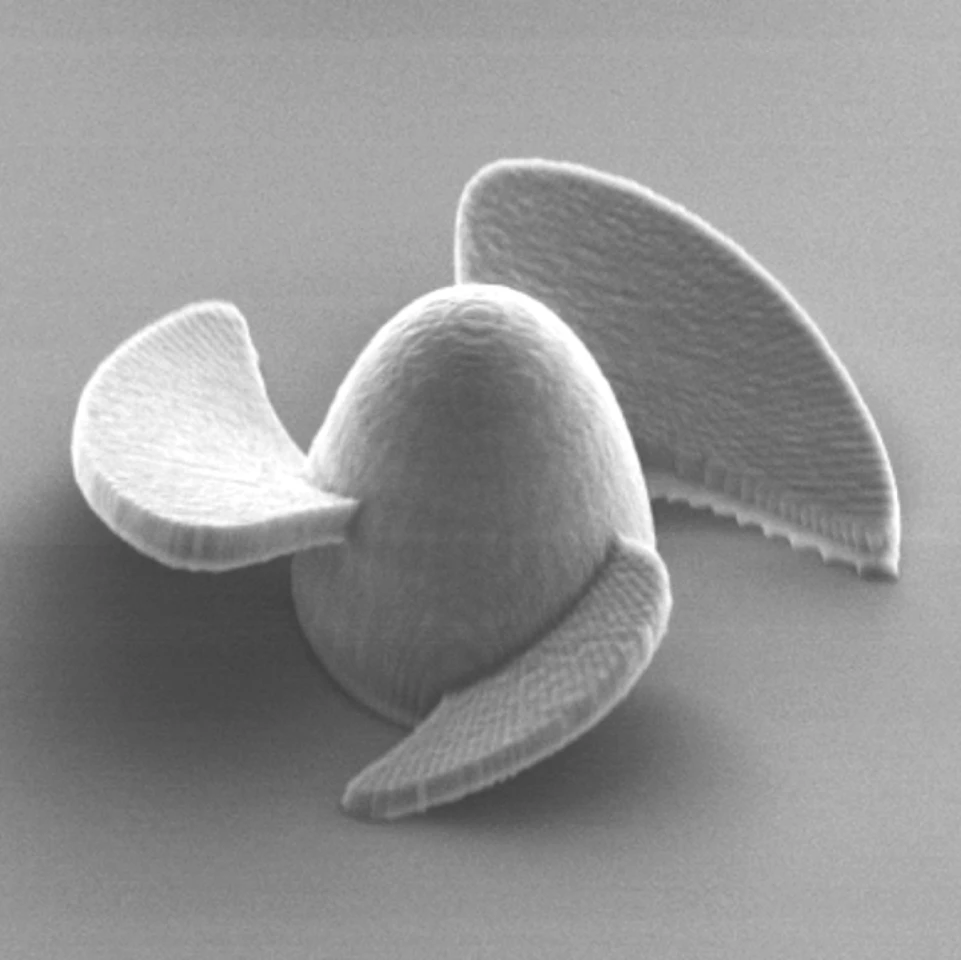Researchers have taken another step forward in medical micro-robotics, designing a tiny, speedy, self-propelled bot that may one day deliver medications directly where they’re needed inside the body.
Microrobots, or microbots, are being touted as the next-gen drug delivery system and they continue advancing. Over the last few years, we’ve seen everything from shape-changing microbots to drug-spewing microbot fish.
Engineered nanoparticles make good drug carriers because they can prevent the drugs from degrading and control the rate at which they are released. However, many nanoparticles rely on blood circulation or diffusion as their primary mode of transport, which limits their ability to reach certain organs and tissues.
Researchers from the University of Colorado Boulder say they’ve taken the next big step in microbot design, creating a tiny, self-propelled microbot that can deliver drugs quickly and effectively.
“Microscale robots have garnered a lot of excitement in scientific circles, but what makes them interesting to us is that we can design them to perform useful tasks in the body,” said C Wyatt Shields, corresponding author of the study.
The researchers were inspired by how natural biological ‘swimmers’, such as bacteria and sperm, navigate complex internal environments using non-linear movements.
The microbot, made from biocompatible polymers, was designed with a spherical cavity in its center that traps air when the bot is submerged in fluid. When the air bubble is hit with an acoustic wave, such as an ultrasound, it vibrates, propelling the tiny robot forward. And, yes, with a diameter of only 20 micrometers – several times smaller than the width of a human hair – it’s tiny.
To maximize non-linear movement, the bot was fitted with symmetrical and asymmetrical fins that cause it to rotate in an orbital motion and give it the appearance of a very small rocket. The fins also allow the microbot to travel at speeds of around 0.1 in (3 mm) per second, which works out to roughly 9,000 times its own length per minute.

The researchers test-drove their tiny bubble-based, sound-powered speed demons on mice bladders. They wanted to see whether the bots could deliver medication directly to the bladder to treat interstitial cystitis, a chronic condition known as painful bladder syndrome. Symptoms of interstitial cystitis include bladder and pelvic pain or pressure and a frequent urge to urinate.
They fabricated thousands of microrobots with high concentrations of dexamethasone, a common steroid medication, encapsulated in their polymer matrix. When the microbots were introduced, the researchers found that they latched onto the bladder wall and released more than 90% of the dexamethasone over about two days.

The researchers plan to continue working on their microrobots, eventually making them fully biodegradable to dissolve in the body over time. They see a range of applications in the future.
“If we can make these particles work in the bladder, then we can achieve a more sustained drug release, and maybe patients wouldn’t have to come into the clinic as often,” said Jin Lee, lead author of the study.
The study was published in the journal Small.
The below video, produced by the University of Colorado Boulder, shows the microrobot being printed and moving in an orbital motion after being activated by an acoustic field.
Source: University of Colorado Boulder





